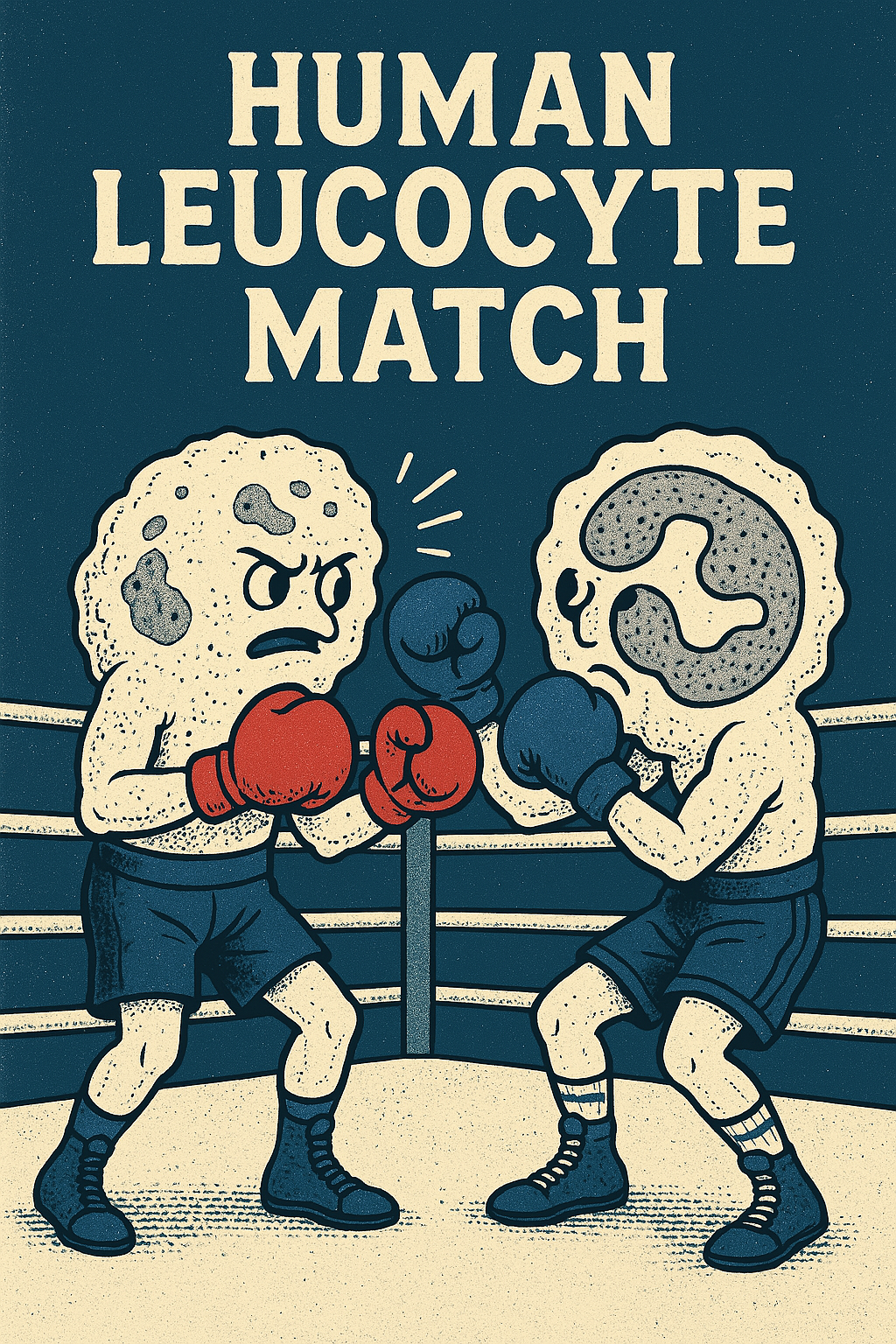1. What is HLA match
An HLA match refers to the compatibility between the human leukocyte antigens (HLA) of a donor and a recipient, typically in the context of organ, tissue, or stem cell transplants. HLAs are proteins found on the surface of most cells in the body and play a crucial role in the immune system's ability to distinguish between self and non-self cells.
A good HLA match is important to reduce the risk of the recipient's immune system rejecting the transplanted organ or tissue. The closer the HLA match between the donor and recipient, the lower the risk of rejection, and the higher the chances of a successful transplant.
Matching is usually done by testing certain HLA genes, such as HLA-A, HLA-B, HLA-C, and HLA-DR, among others.
Human Leukocyte Antigens (HLA) are a group of proteins found on the surface of most cells in the human body. These proteins play a central role in the regulation of the immune system and are crucial for distinguishing between the body's own cells and foreign cells (such as viruses, bacteria, or transplanted tissues). HLAs are encoded by genes located on chromosome 6 and are part of the major histocompatibility complex (MHC).
HLA System Overview
1. Leukocytes (white blood cells) are key to immune response, and the HLA system is crucial for their function.
2. The HLA system includes two classes of molecules:
3. Class I molecules (HLA-A, HLA-B, and HLA-C)
4. Class II molecules (HLA-DP, HLA-DQ, HLA-DR)
These HLA molecules present fragments of proteins (antigens) from inside or outside cells to T cells (a type of white blood cell). T cells use this information to decide whether to attack the cells or leave them alone.
HLA Classes and Functions
1. HLA Class I Molecules (HLA-A, HLA-B, HLA-C):
Found on nearly all nucleated cells in the body.
Present antigens from within the cell (e.g., viral fragments) to cytotoxic T cells.
Help the immune system identify and destroy cells infected by viruses or abnormal cells like cancerous ones.
2. HLA Class II Molecules (HLA-DP, HLA-DQ, HLA-DR):
Expressed on specialized immune cells called antigen-presenting cells (APCs) like macrophages, dendritic cells, and B cells.
Present antigens that are taken up from outside the cell (e.g., bacterial fragments) to helper T cells.
Help in activating other immune cells to mount a defense against invaders.
Importance in Transplants
In organ, tissue, or bone marrow transplantation, HLA matching between the donor and the recipient is crucial to minimize the risk of graft rejection. The immune system recognizes HLA mismatches as foreign and may attack the transplanted tissue, leading to rejection.
Better HLA matching between donor and recipient decreases the likelihood of rejection and the need for long-term immunosuppressive drugs.
For bone marrow or stem cell transplants, especially in cases like leukemia, the match needs to be near-perfect to avoid complications like graft-versus-host disease (GVHD), where the donor's immune cells attack the recipient's tissues.
HLA Typing and Matching Process
HLA typing is a laboratory process that identifies the specific HLA genes and proteins a person has. This is done using DNA sequencing or other molecular techniques.
For transplants, the primary focus is on matching HLA-A, HLA-B, HLA-C (Class I), and HLA-DR (Class II) genes, though other HLA genes may also be considered in some cases.
HLA and Diseases
Some HLA types are associated with an increased risk of certain diseases, particularly autoimmune disorders. For example:
HLA-B27 is associated with ankylosing spondylitis, a type of arthritis.
Certain HLA types are linked to type 1 diabetes, celiac disease, and other conditions.
Summary
HLA molecules are essential for immune system functioning, helping the body recognize which cells are part of itself and which are foreign.
The HLA system's role in transplantation makes it critical to match HLA between donor and recipient to avoid rejection.
The HLA system is also implicated in some autoimmune diseases, where the immune system mistakenly targets the body's own tissues.

